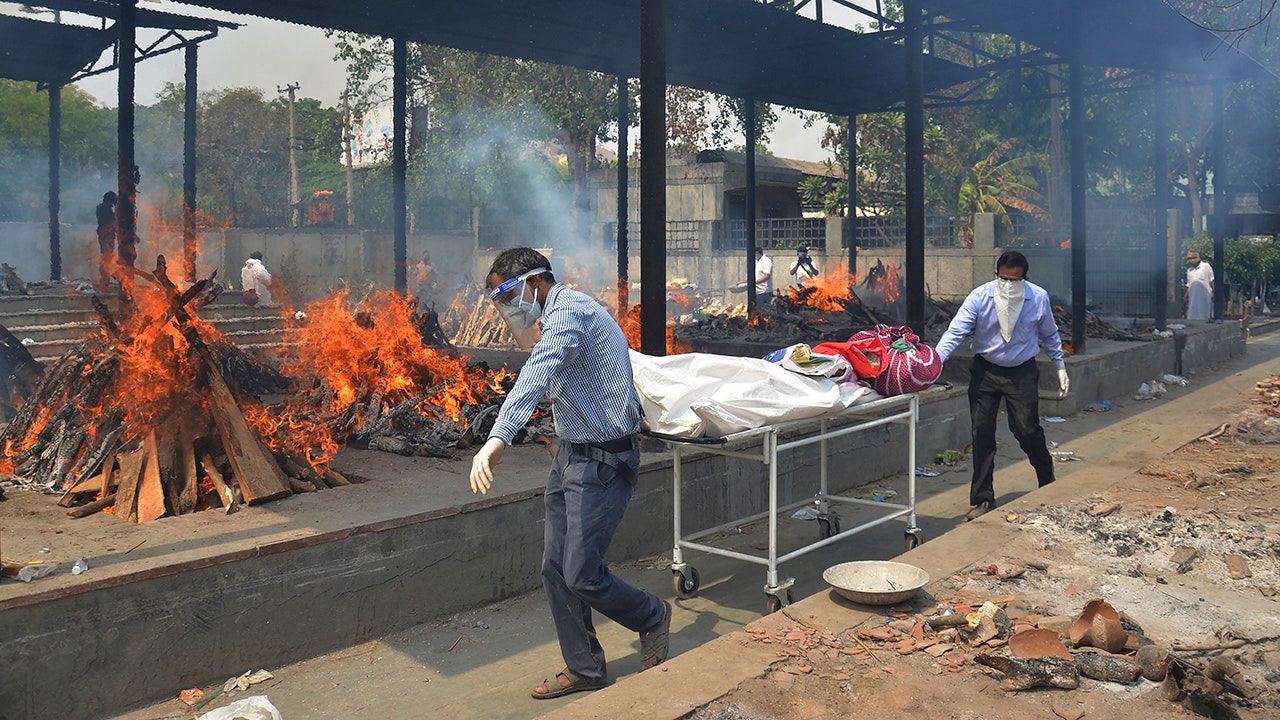Taiwan Semiconductor Manufacturing Company said on Tuesday it would team up with three German technology firms to build a facility in eastern Germany capable of producing up to 40,000 microchips each month as part of efforts to further diversify its production locations.
TSMC, the world’s largest maker of semiconductors, said it would invest 3.5 billion euros ($3.8 billion) and own 70 percent of the joint venture, to be located in Dresden. The German companies Robert Bosch, Infineon Technologies and NXP Semiconductors will each control 10 percent.
The combined private and public investment, “including strong support from the European Union and German government,” is expected to total €10 billion, the company said.
The plant would be TSMC’s first location in Europe, and represents a win for Germany, which has been seeking out manufacturers of microchips, the tiny devices essential for the country’s large automotive industry and countless other devices.
“This investment in Dresden demonstrates TSMC’s commitment to serving our customers’ strategic capacity and technology needs,” C.C. Wei, the company’s chief executive, said in a statement. Construction would begin next year, with chip production expected to begin in 2027.
Germany is spending billions of euros to attract chipmakers. For the TSMC project, the government has pledged €5 billion, the German financial daily Handelsblatt reported. The government’s economy ministry did not respond to a request for information on the amount.
Intel, the Silicon Valley chip-making giant, will receive €10 billion in state subsidies to build a plant in Germany. The government pledged hundreds of millions more to attract Wolfspeed, a North Carolina-based maker of silicon carbide chips.
The financial incentives are necessary, some say, because Germany is plagued by some of the highest energy prices in Europe and a byzantine bureaucracy that has caused many industries to reconsider investments in the country, despite its strong automotive sector.
Another obstacle could be finding enough skilled employees. Many German manufacturers say they are facing a dire lack of qualified workers, especially in the southern and eastern regions, including Saxony.
Last year Saxony recorded more than 25,600 job openings for which there were no qualified applicants, especially in electronics, computer science and software development.
Attracting qualified workers from other countries could be especially difficult, because the state of Saxony is home to a large and vocal far-right faction that has helped to cement anti-immigrant sentiment. According to the Else-Frenkel-Brunswik-Institute, which has been monitoring Germans’ attitudes about democracy since 2002, nearly half of people surveyed in the eastern regions last year believed that foreigners were coming to Germany only to take advantage of the social welfare system.
Germany passed a law in June that would make it easier for companies to attract qualified foreigners to come work in the country. The law will take effect in November.
The facility in Dresden, which will be operated by TSMC, will be the company’s fourth outside of Taiwan, with construction already underway on two factories in Arizona and one in Japan. TSMC plans to invest $40 billion in Arizona on factories that would be capable of producing more than 600,000 microchips per year — more than 10 times that of the planned facility in Dresden.
But the Arizona plants have faced setbacks, and the company has deployed hundreds of Taiwanese technicians to expedite the process. Last month, TSMC delayed the expected start date by a year, to 2025. Internal tensions over cultural differences have also surfaced between TSMC and American workers.
But on Tuesday, regional leaders in Germany hailed the latest news from the company. “Welcome to Silicon Saxony TSMC,” said Michael Kretschmer, the governor of Saxony. He said the announcement was the result of “several years of discussions and negotiations carried out in a spirit of trust.”





